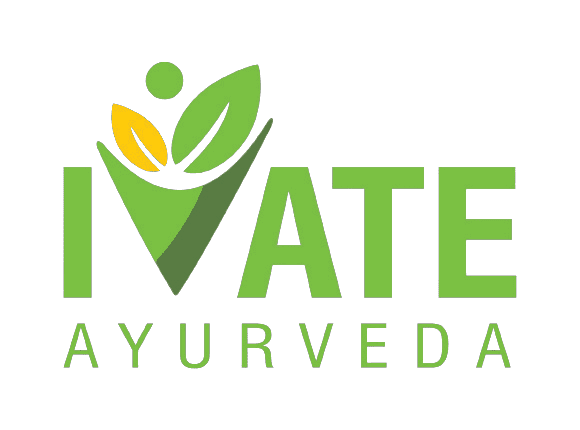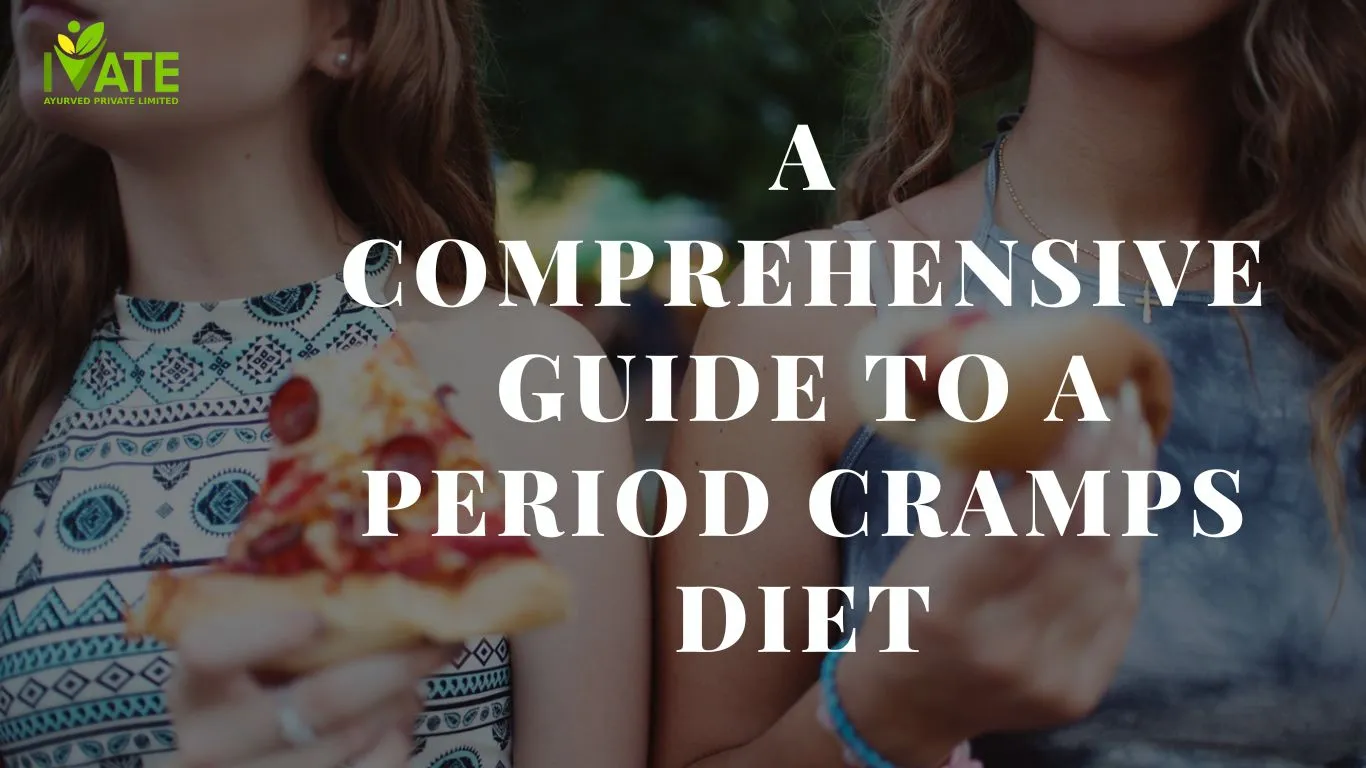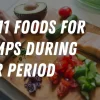A Comprehensive Guide to a Period Cramps Diet
Introduction:
For many women, the monthly arrival of their period also brings along the dreaded cramps. These painful sensations can disrupt daily life and leave us longing for relief. While over-the-counter medications can provide temporary respite, adopting a specific diet can help alleviate period cramps from within. In this comprehensive guide, we’ll explore the key components of a period cramps diet, along with a range of foods to incorporate for optimal relief.
Consume Anti-Inflammatory Foods:
Period cramps are significantly worsened by inflammation. Anti-inflammatory foods can aid with pain relief and discomfort reduction if you include them in your diet. To reduce inflammation, choose foods like ginger, turmeric, leafy greens, and fatty seafood like salmon.
Include Foods High in Magnesium:
Magnesium is a mineral that eases cramps and helps muscles relax. To reduce muscle strain brought on by your period, up your consumption of foods high in magnesium, such as bananas, dark chocolate, nuts, seeds, and leafy greens.
Place calcium first:
Calcium not only builds strong bones but also aids in the relief of muscle spasms. To maintain a healthy menstrual cycle, include calcium-rich foods in your diet such as dairy products (milk, yoghurt, cheese), leafy greens, tofu, and fortified plant-based milks.
Pick Complex Carbohydrates:
Complex carbs provide long-lasting energy and aid in blood sugar regulation, both of which can alter hormone balance and mood during your period. To help stabilise blood sugar and promote general well-being, choose whole grains, lentils, sweet potatoes, and quinoa.
Choose Omega-3 Fatty Acids:
Period cramps can be relieved by the anti-inflammatory effects of omega-3 fatty acids. To reap the rewards of these healthy fats, eat things like fatty fish (salmon, mackerel, and sardines), flaxseeds, chia seeds, and walnuts.
Including vitamin D
The control of hormones and general health are greatly aided by vitamin D. Vitamin D can also be found in fatty fish, egg yolks, fortified dairy products, mushrooms, and sunlight, which is one of the best natural sources of the nutrient. If you want to know if vitamin D supplementation is required, think about speaking with a medical expert.
Water Is Important for Period Cramps:
The best way to preserve general health and lessen bloating during your period is to stay hydrated. Throughout the day, try to drink lots of water. You might also want to include hydrating foods like cucumbers, watermelon, oranges, and herbal teas in your diet.
Try out some herbal remedies:
Herbs including chamomile, peppermint, and raspberry leaf have long been used to treat period cramps. To potentially minimise period pains, drink herbal teas or add these herbs into your diet.
Listen to Your Body:
Every woman’s body is different, and what works for one woman may not work for another. Pay attention to how your body reacts to different foods and make changes as needed. Keep a journal to document your diet and symptoms, which can help you spot patterns and guide you to the best diet for managing your period cramps.
Conclusion:
Period cramps demand a thorough strategy, and your diet plays a critical part in obtaining relief. You may develop a period cramps diet that works for you by eating anti-inflammatory foods, prioritising vital nutrients, and making deliberate decisions. Remember to listen to your body and consult with a healthcare expert.
Lady Care Capsules
₹690.00 ₹990.00
Pain Relief, Women’s Health
Add to Cart
FAQ’s Comprehensive Guide to a Period Cramps Diet
How long before my period should I start incorporating the period cramps diet?
Ans: It’s a good idea to start the period cramps diet a week or two before your period starts. This allows your body to benefit from the foods’ nutrients and anti-inflammatory characteristics, potentially lowering the severity of cramps when your period arrives.
Can the period cramps diet completely eliminate menstrual cramps?
Ans: While a diet for period cramps can lessen the frequency and severity of cramps, it might not be able to cure them entirely for everyone. In addition to other cramp-management techniques including exercise, stress reduction, and seeking medical care when necessary, the diet can be used as a supplemental strategy.
Are there any specific foods I should avoid during my period?
Ans: Yes It is recommended to limit or avoid eating a few certain foods during your period because they may make symptoms worse. Processed foods, refined sugars, coffee, and high-sodium foods are a few of these. These things can cause swelling, irritation, and make cramping worse.
Can I take over-the-counter painkillers while adhering to the period cramping diet?
Ans: Yes, you can continue to take over-the-counter pain relievers if necessary. The period cramps diet is intended to supplement traditional methods of pain treatment. However, when you adopt healthier eating habits, you may Find that you require fewer pain medications over time.
Q: Is it required to visit a doctor before beginning the period cramps diet?
Ans: While consulting a healthcare expert is not required, it is usually a good idea, especially if you have underlying health concerns or your period cramps are severe. They may provide you personalised advise and make sure your diet meets your individual demands and health goals.





Anjali Shahni
Nice blog
June 9, 2023 at 12:01 pm
The Top 11 Foods for Period Cramps – Best Health Care – iVate
[…] A Comprehensive Guide to a Period Cramps Diet […]
September 6, 2023 at 5:00 pm